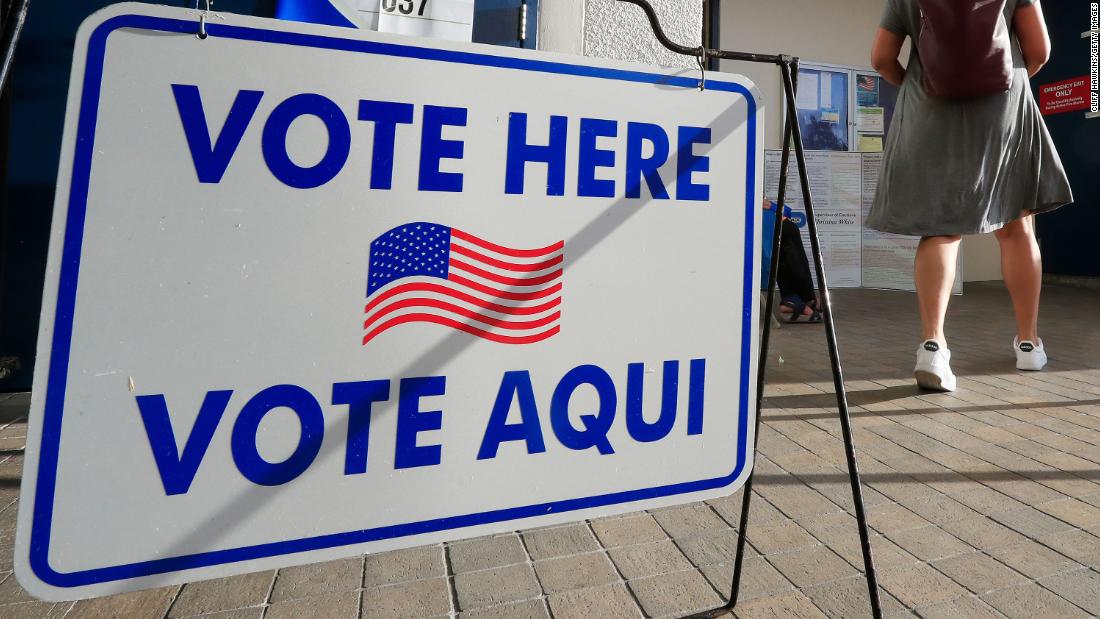Kerby Anderson
Today is election day. At stake are 435 seats in the House of Representatives and 35 seats in the US Senate. Alongside those elections for national office are thousands of elections for state and local offices. That includes 36 governorships.
By tonight, we should know which party will control the US House and the US Senate, though there is always the possibility that the election might go to overtime because our elections these days have been so close. And that’s what I want to talk about.
Democrats currently hold 220 seats, and Republicans hold 211 seats. There are also four vacant seats. A shift of only five seats would put Republicans in power. In the Senate, there is a 50-50 tie. A net gain of just one seat would flip the Senate.
Not only are the midterm elections close but remember that we have had close Presidential elections in 2000, 2004, 2016, and 2020. That explains why we have heard so many candidates calling their opponent an “election denier.” It would be accurate for that opponent to label the other candidate an “election fraud denier.”
Back in 1972 and 1984 two presidential candidates won 49 out of 50 states in the electoral college and won by margins exceeding 17 million votes. It would be hard for anyone to challenge those elections or even justify attempting to discover and prosecute voter fraud. But we don’t live in those times anymore.
The 2022 election results will not only determine who will be in power in the legislatures and governorships, but it will also be a test to see if judges and state legislatures have fixed some of the concerns raised in the last few elections. If not, then more needs to be done to assure all Americans that we have fair elections.
 Listen Online
Listen Online Watch Online
Watch Online Find a Station in Your Area
Find a Station in Your Area









 Listen Now
Listen Now Watch Online
Watch Online
